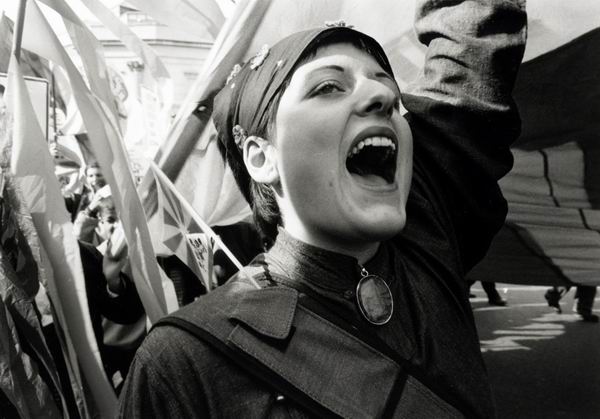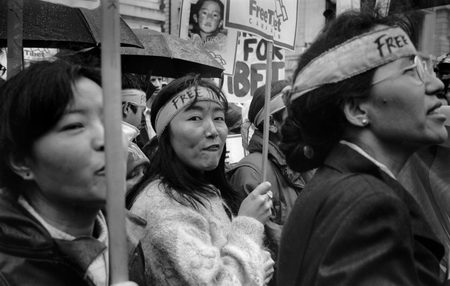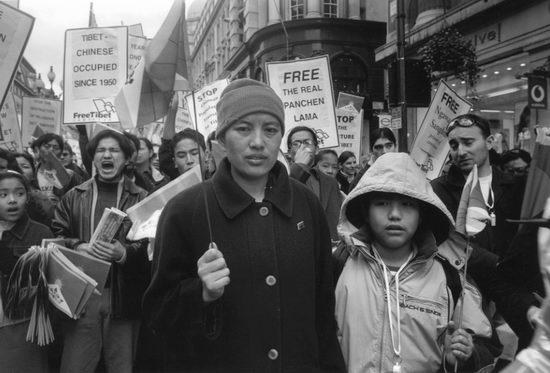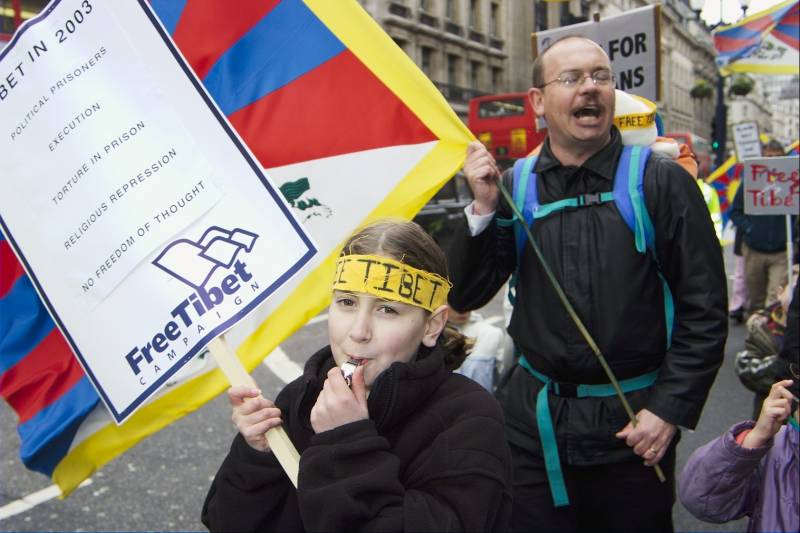There are an awful lot of photo-blogs around. I don’t have many links on the ‘blogroll’ of this site, mainly because I wanted to keep it simple and only link to sites where I often find interesting features. One of those carefully selected links just has to be Magnum‘s blog, and yesterday this announced a new set of four essays on its companion site, Magnum in Motion,”WARS – A series of four essays revolving around a common topic,” also to be published on ‘Slate.’
In 2006 Magnum in Motion interviewed Philip Jones Griffiths, almost beyond argument the greatest photographer of the Vietnam War, and at the start of his piece he makes the comment “Photographers are either mud people or sand people. I’m a mud person.” This was his response to people who asked him why he hadn’t covered the desert wars of recent years. More seriously he feels that photographers need to get the kind of perspective that comes from a detailed knowledge of the country and what was happening – as he set out to do in Vietnam. In his piece he gives an insight into what he set out do in his coverage of the war there, and his pictures give a real feeling about the country and the war, including the Americans fighting there, who he sees also as victims of the war.
[In Jones Griffith’s Magnum in Motion podcast, “Point and Shoot“, he talks about guns and his experiences, and attitudes to war, and it’s also worth listening to – you’ll find it – along with 35 others of interest on their podcast page. But the images are shown much more strongly in the ‘War’ presentation.]
Jones Griffith’s flip response on sand and mug acts as the starting point for presentations by three of the leading younger photographers who have covered recent conflicts. As Christopher Anderson points out, the younger generation of war photographers got sand wars rather than mud, whether they liked it or not. Paolo Pellegrin ‘s stark black and white images from Lebanon are perhaps more often from a ruined cityscape of rubble than either sand or mud.
Thomas Dworzak in Chechyna and Iraq has seen both, but the difference is more in the situation than the geology. In Chechnya he could usually go along with the rebels whatever they were doing – if he was brave enough , and he obviously was – but in Iraq “as a Westerner, there is no more access to the insurgent’s side” and he can only work with the Americans, photographing what they do in the country. He comments on the freedom he is given to take pictures – and that those things ‘off-limits’ are largely the kind of boring ‘high security’ places and briefings he has no interest in photographing. He became a photographer to show the injustice and inhumanity of war, and his pictures continue to do so, even if he may sometimes feel that what he is doing is in some sense “a middle-class, Western, boy’s game” as he can leave the war and go home to enjoy a very different world.


























